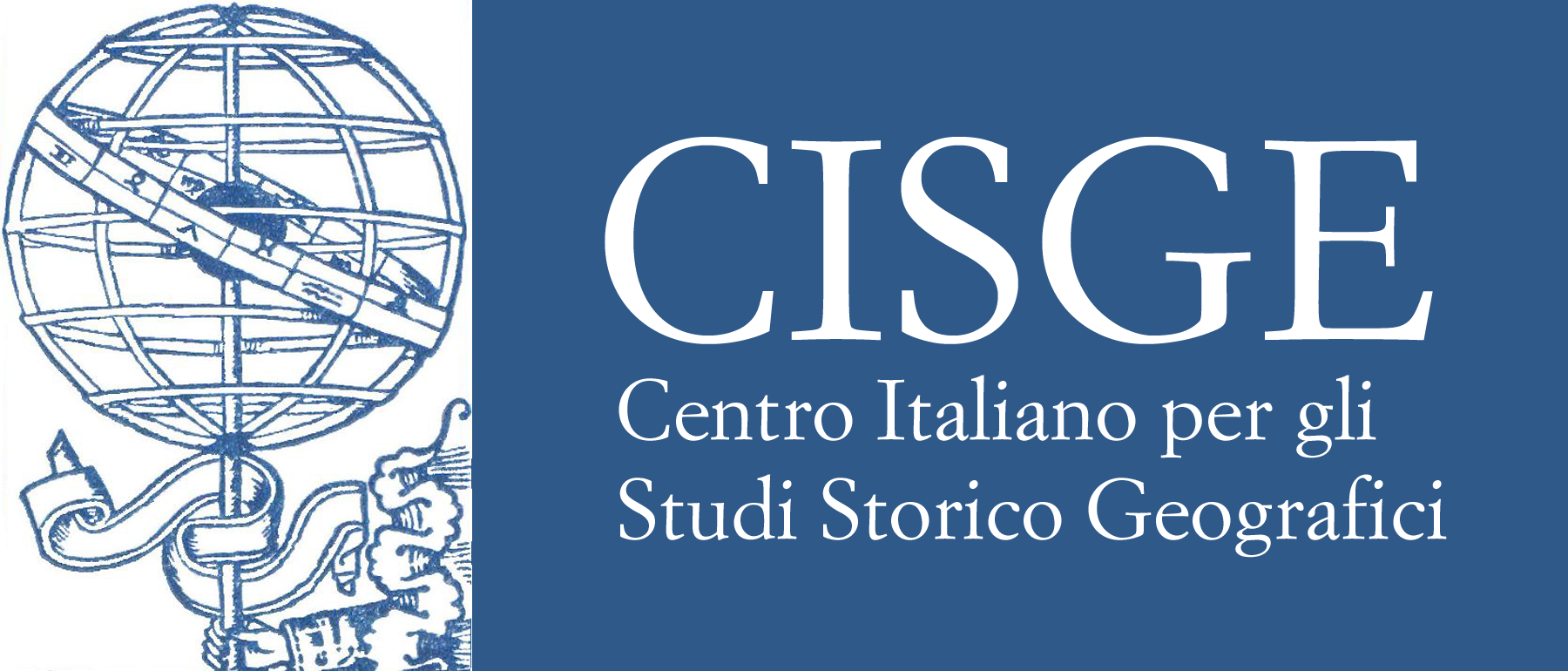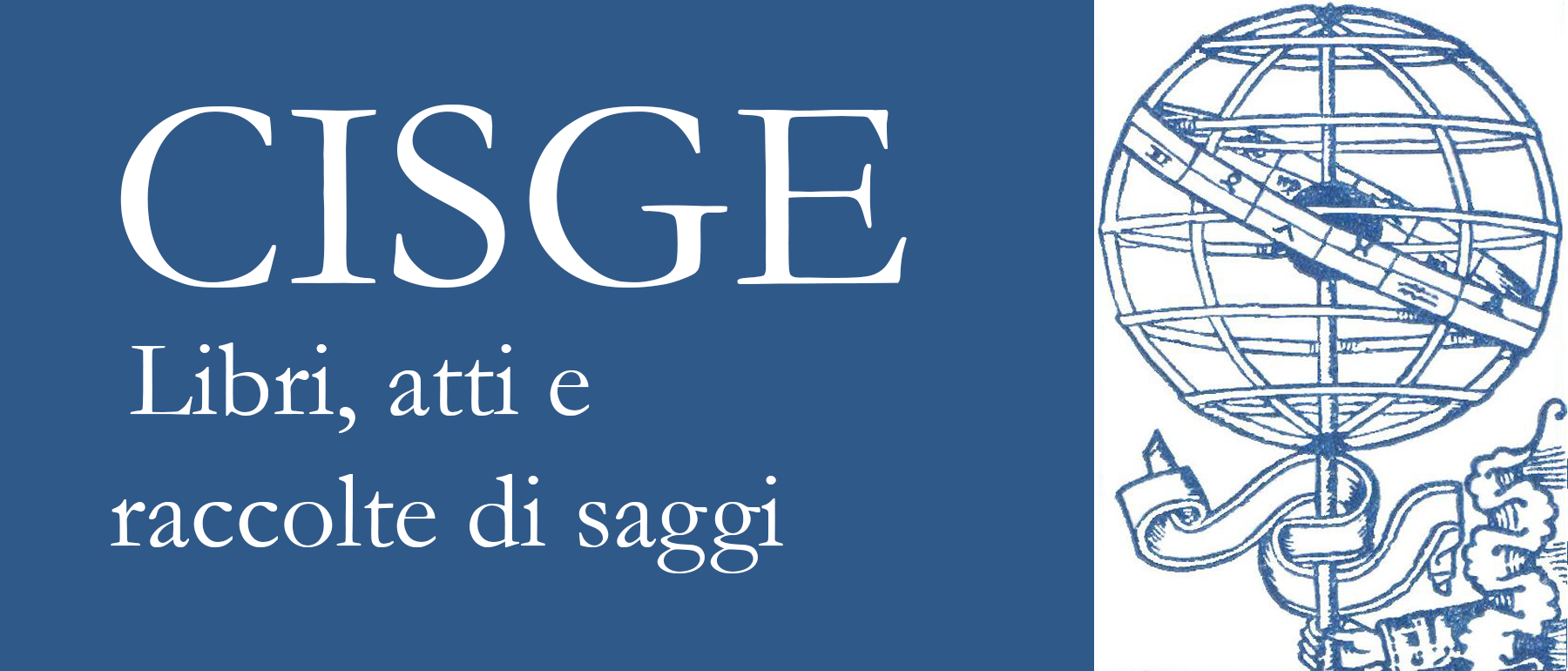Libri di testo e discorso geopolitico negli Stati Uniti del primo Ottocento. Alle origini del «destino manifesto»
Abstract
At the Dawn of «Manifest Destiny»: Textbooks and Geopolitical Discourse in the United States in the First Half of the Nineteenth Century
In his excellent book on «Manifest Destiny» and American expansionism, the historian Albert K. Weinberg (1935) analyses a large amount of newspapers’ articles and official speeches. However important, this kind of formal and practical geopolitics were not the only relevant sources in the making of the narrative. Together with journalists and politicians, novelists such as James Fenimore Cooper, and other popular culture authors like folk-writers and singers offered an important contribution in representing the westward expansion as the most natural fate for the young nation. But also cartography and geography textbooks were very helpful in that sense. Indeed, many geographies of the time already dealt with the frontier, providing a vision of «Americans moving westward as a chosen people of God settling the land of Canaan» (Hauptman, 1978). They also supplied a visual model to the Manifest Destiny territorial perspective, sometimes suggesting United States’ expansion before it had actually taken place. Moreover, the cartographic representation of America as a separated hemisphere, highlighted supposed differences between the United States and other parts of the world, which could offer a good optical support to the Monroe doctrine.
À l’aube du «Destin Manifeste»: Livres D’école et Discours Geopolitiques aux États-Unis Dans La Première Moitie du Xixeme Siècle
Dans son excellent ouvrage sur le Destin Manifeste et l’expansionnisme américain, l’historien Albert K. Weinberg (1935) analyse de nombreux articles de quotidiens et discours officiels. Bien qu’elle soit remarquable, cette sorte de géopolitique formelle et pratique n’était pas la seule source importante dans la construction de cette narration. Aux côtés des journalists et des politiciens, des romanciers, comme James Fenimore Cooper, et d’autres auteurs de la culture populaire comme les écrivains et les chanteurs, ont contribué de façon considérable à la représentation de l’expansion vers l’Ouest en tant qu’aboutissement naturel de la jeune nation. Dans ce sens, la cartographie et les livres scolaires de géographie ont eux-aussi apporté un grand soutien. En effet, beaucoup de livres de géographie de l’époque traitaient déjà de la frontière, en donnant une image des « Américains se déplaçant vers l’Ouest comme un peuple élu par Dieu afin de s’établir dans la Terre de Canaan » (Hauptman, 1978). Ces livres offraient aussi un modèle visuel à la perspective territoriale du Destin Manifeste, suggérant parfois l’expansion des États-Unis avant même qu’elle ne se réalise concrètement. D’ailleurs, la représentation cartographique de l’Amérique comme hémisphère séparé soulignait les prétendues différences entre les États-Unis et les autres parties du monde, ce qui pouvait offrir un bon soutien visuel à la doctrine de Monroe.



